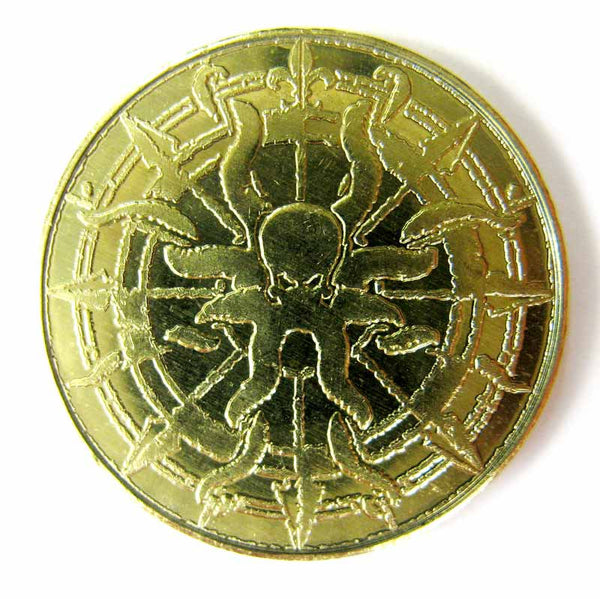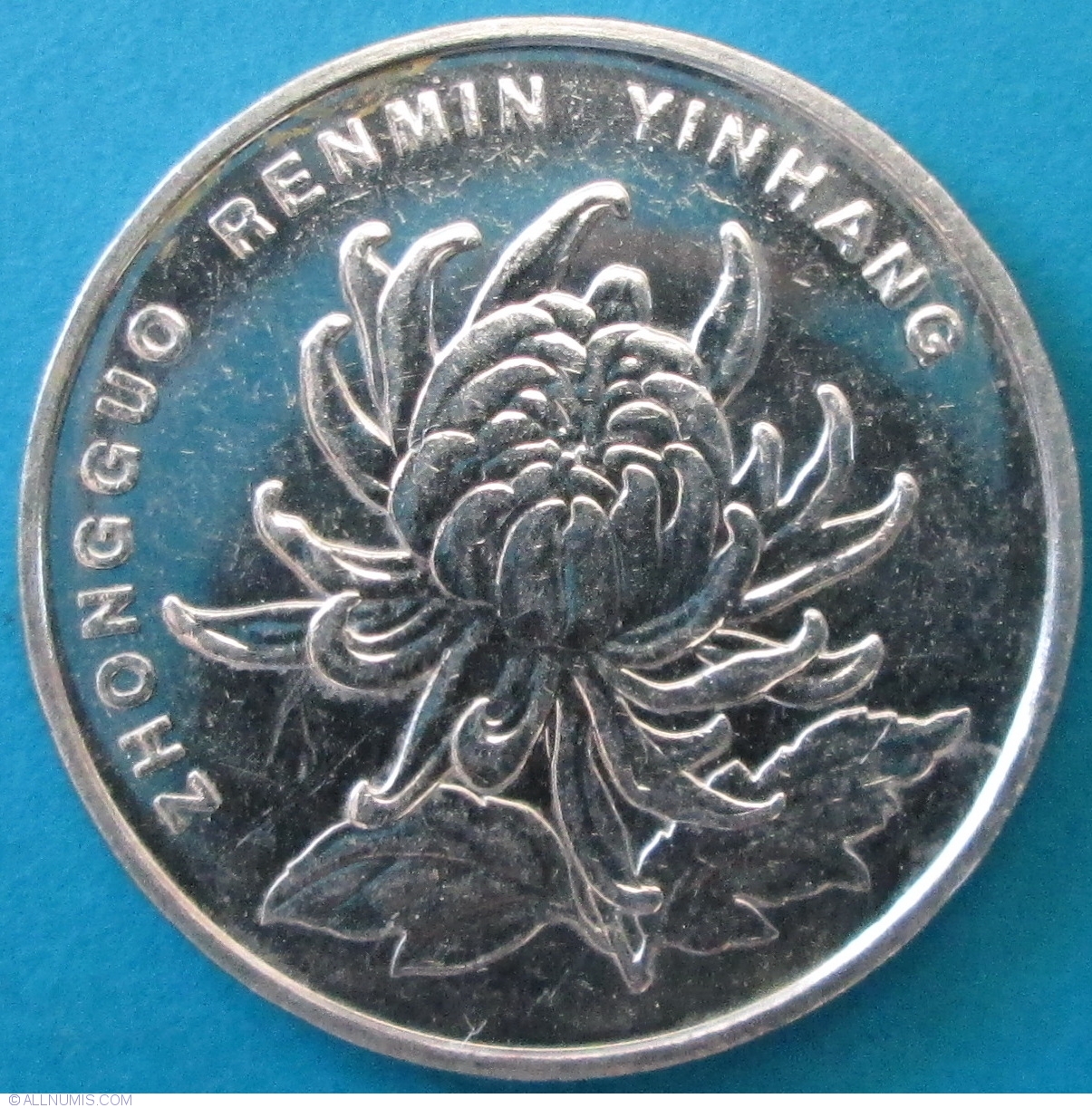
Silver coin game - are
Simply: Silver coin game
| CSGO BUY COINS | |
| Silver coin game | |
| RARE CANADIAN 50 CENT COINS | Coins used in ancient rome beginning with s |
| Premier coin company | Coin trap on samsung washer |

- Designer: Ted Alspach
- Publisher: Bezier Games
- Players: 2 – 4
- Ages: 14 and Up
- Time: 45 Minutes
- Times Played: > 5 (On Review Copy from the Publisher)
Silver Coin is the third game in the hit Silver line of fast-playing card games designed by Ted Alspach. Based on the system from Cabo, each game in the Silver series is a hand management and set collection card game with a werewolf-themed twist.
Each game in the series features a different namesake relic, and as probably guessed, this one is a silver coin. Consistent with this coin theme, this game is all about flipping cards and building combos.
Silver Coin is my favorite of the three games released so far. Clever card interactions allow for a variety of ingenious strategies. People who love Silver Amulet or Silver Bullet will naturally love Silver Coin, but for experienced gamers, this could also serve as a great introduction to the series, as this has some of that combo-licous-ness that gamers seem to love.
About the Series
Silver (a.k.a. Silver Amulet) and Silver Bullet were released last year, and Silver Coin was announced today. The games can be combined, so sort of like with Dominion, you can mix different sets to make custom decks. Ted Alspach has hinted at other forthcoming games in the series. For the uninitiated, there is a free iOS app available to show you Silver Amulet. For those interested in the game’s development, I highly recommend Ted Alspach’s Designer Diary over on BGG, which he updated for Silver Bullet.
The Components
The game is a card game at its core, with a deck of cards forming the core of what you need for gameplay. Four of the cards are player aids.
There’s also a coin token, which, in an especially nice touch, is metal. In an extra touch, one side is a werewolf head, and the other, a werewolf tail. Get it? Heads and tails!
There’s a well-designed box insert from Game Trayz, with slots for each card, plus a little slot that holds the coin.
Finally, there’s a scorepad, a rulebook, and a reference guide for the cards.
The Gameplay
At the start of the game, the deck is shuffled, with five cards given facedown to each player. The deck is put in the middle of the table, and one card is flipped face up to form the discard pile. Players may then look at — and probably should memorize — two of their cards.
On a player’s turn, he or she has three choices: (a) take a card from the deck, (b) take the top card of the discard pile, or (c) call for a vote.
Most turns involve taking the top card from the deck. The player looks at it, and then can (1) discard it, and if applicable, use the card’s special power, (2) just discard the card, or (3) exchange it for one or more of his cards, discarding them instead and keeping the drawn card.
Unlike Cabo, which had only three special powers, every card in Silver has a special power, and the cards in Silver Coin are slightly more advanced (and interactive) than the cards in Silver Amulet and Silver Bullet. A complete overview of the cards in the game can be found in the reference guide, but many of the cards have a cool werewolf twist that lines up with their character.
Many of those powers — especially on the higher cards — activate when discarding the card, such as the village idiot (the 12s), which allows you to exchange 1 card from each village in a clockwise or counterclockwise direction. The golem (the 11s), are especially feared in this game, as they allow you to exchange the top card of the discard pile with the card in any village, placing the village card on the bottom of the discard pile. High cards tend to get discarded frequently in Silver, so the golems tend to be a way to feed points to your opponents.
You can also get quite a bit of information from discarded cards in this game, such as from the Nostro (the 7s), which allow you to view all facedown cards in a village, or from the Psychic (the 9s), which allow you to view any 3 cards, which can come from different villages.
Other powers activate when they are face up in your village, such as the curator (the 2s), which allows you to rotate a card 90 degrees or discard a card that is rotated 90 degrees. But the coolest card in the game is the Con Artist (the 1s), which, if faceup, may be turned facedown to take an additional turn. This pairs nicely with the Pixies (the 3s), which, if faceup in your village, may be turned facedown to flip over any other card.
For the first time ever, in Silver Coin, you can run out of cards, thanks to the Assassin (the 8s), which allows you to discard a faceup card from any village.
And, the Wolfman (the 13s) adds another twist: if it is faceup at scoring, and the sum of the other cards is less than 13, you get 0 points. Finally, the Regifter (the 0s), represented by a cute puppy dog, allows you to give a card to another player right before scoring if faceup.
Returning to what you can do during the turn, if a player takes the top card of the discard pile, he or she can do the exchange action. When exchanging cards, there are rules about which card spots (i.e. the order of cards in your village) that you can place them. If exchanging, you nominate one or more of you cards, and you can discard several as long as they match. If they don’t match, you have to keep all of the cards (including the one you drew) and take a penalty card.
Finally, a player may call for a vote. This triggers the end of the round: every other player gets one more turn. Alternatively, as discussed above, the end of the round is triggered if the deck runs out.
For scoring, players get points equal to the face value of the cards, unless they called for a vote and have the lowest score, in which case they get 0 points. (If they don’t have the lowest score, they also get a 10 point penalty.) The player who correctly calls for a vote and has the lowest score earns the silver coin token, which can be used to flip a card in a future round.
The game ends after four rounds, and the player with the lowest score wins.
My thoughts on the game…
As I’ve said before, the Silver series is tremendous, fast-paced fun with a high degree of replayability. Silver Coin, like its predecessors, is an addictive, engaging card game that has been a big hit with me and my family. We loved Cabo, but the special powers of Silver give it a bit more depth and zing.
Silver Coin is our favorite of the trilogy. The cards interact beautifully with each other. Silver Amulet was the introduction to the series, and Silver Bullet ramped up the interactivity, but Silver Coin introduces some clever combinations that make it feel almost like engine-building. There’s room for run little twists here, and I’ve seen numerous players grin sheepishly then they start flipping the cards in their village around into different combinations. And the Coin token is the coolest relic yet.
Silver Coin is more advanced than Silver Amulet but probably on par with Silver Bullet, and though I recommend beginners start with Silver Amulet, I think a new player could jump into any deck effortlessly. For advanced gamers, it might be worth starting with Silver Coin.
As I’ve recounted before, the real joy is in combining the decks. Everybody in my family loves picking the best cards from each series. And in the end, while we love each base games deck, our favorite games have been the ones where we matched the preferences of our group. And on that front, more cards have been getting picked from Silver Coin these days than from Amulet and Bullet.
The Silver games are each especially well produced: the art is attractive, and the cards are of decent quality. I like the inclusion of a player aid: you probably won’t need it after you’ve played a game or two, but it is helpful for teaching the game. But the best additions are the metal tokens and the insert for the game, both of which are nice additions.
The game plays well at 2, 3, or 4 players, and I don’t know that any particular player count is better than others. We’ve been playing this slightly less than the advertised time — 20 minutes on average, I’d say — but groups will vary, since a lot of it comes down to the group dynamic of when somebody is going to call for a vote and familiarity with the cards.
Overall, I’m very impressed. I can’t wait to play more Silver, and see what those hinted at future decks hold.
Ratings from the Opinionated Gamers
- I love it! Chris Wray
- I like it.
- Neutral.
- Not for me…
-
-